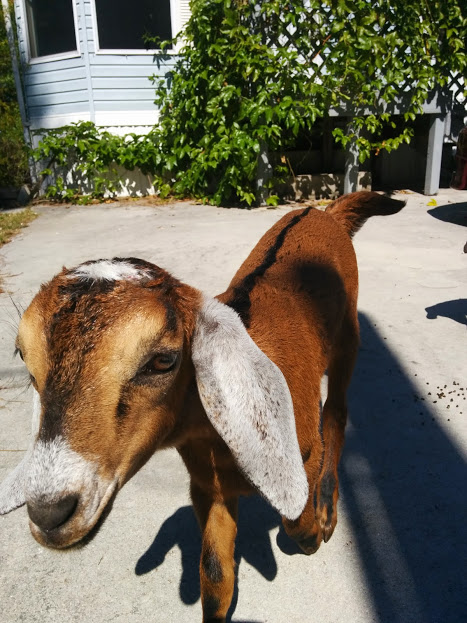Looking for the best DIY Garden Watering System that will be cheap, effective, and easy to maintain? You’ve come to the right place. My wife and I are on Garden 7.0 and we’ve learned a lot through all of those revisions.
Past Garden Watering Systems
Garden 1.0 – Use shovel to turn some dirt, water by hand, leave for vacation, garden dead . . .
Garden 2.0 – One of those mobile lawn sprinklers, no timer. Covered a huge area unless hose turned way down. Water pressure wasn’t high enough to keep the mobile sprinkler moving and it got stuck sometimes. Only cucumbers really survived. . .
Garden 4.0 – Above ground PVC and sprinkler system on a timer. It was now possible to remove sprinklers if a section of the garden wasn’t being used. A horse ultimately broke in and crushed some of the PVC, there was no barrier to bugs, and overhead watering is bad for some crops (promotes fungal growth)
Garden 6.0 – 3 Concrete block beds with double digging instead of tilling, cover crops, and drip lines on automatic timer. Unfortunately I bought horrible emitters that sounded great until the sun destroyed them or they clogged. Fortunately, double digging worked great, there were few weeds and only garden plants growing for months.
We don’t speak of the unmentioned gardens . . .
Garden 7.0 Watering System
Introducing, Garden 7.0. This garden has concrete block walls with caps to prevent weed growth, drip lines on a timer, non clogging emitters on 90 degree elbows so they can be turned out of the garden while working in different sections, fertilizer injector for daily micro-fertilization (fertigation), and valves that control whether water flows independently to 5 different separate areas.
Leave a comment if you’d like me to write more about the other details. Here are the pros to this garden watering system:
- Drip lines deliver water straight to the plant roots
- Different sections can be turned on an off via valves
- Drip Components are easily reparable and replaceable
- If connected the way I describe below, you can easily turn the lines into and away from the garden area so you can work in the garden without accidentally breaking something
- Less fungal growth because plant material doesn’t get wet
- Plants can be fertilized through irrigation system (fertigation)
- Decreased weed growth because you are not supplying the weeds with water.
- Since the components are all up and visible, it is easy to see if something has broken
DIY Garden Watering System
No laughing please, my artistic abilities are few. Here is a rough sketch and I’ll try to go into detail below.

White – Concrete Blocks with capstones
Blue – Main Supply Line
Black – Valve controlled section, 1-5, can be turned on or off depending on need
Red – 90 Degree 1/4 barbed fitting to 1/4 tubing ending with a 2 GPH emitter where I plant seeds/Vegetables
Depending on your shape you made need more or less of whats below, but here is a basic list of what you’ll need to make one of the best diy drip irrigation garden watering systems.
- 1/2″ Valves
- 1/2″ Blank Supply Tubing
- 1/2″ Elbows
- 1/2″ Tees
- 1/2″ End Closure (Can’t link to because too cheap I guess? Only 0.47 currently)
- 1/2″ Couplers
- 1/4″ Barbed Elbows (These are really the key to it all)
- 1/4″ Tubing
- 2gph Emitters
- Hose Faucet connection, filter, and pressure regulator
- Optional: Single Hose timer (Love these, 2 AA Batteries last all year and very customizable)
- Optional: Double Valve Hose Timer (I have 3 of these for different areas of yard)
- Optional: EZ-FLO Inline Fertilizer System, microfertilize every time you water.
By far, the most difficult task is locating all of this stuff online and if you do use my guide, I receive a small commission if you use the links above and make a purchase within 24 hours on Amazon. Support me please!
Here are some close up pictures of the garden watering system IRL:



Conclusion
You now know the secrets and efforts from years of failed (not always) garden watering on my part. Let me know if I helped you out and don’t forget to use the Amazon links to help me cover the costs of running this site!





